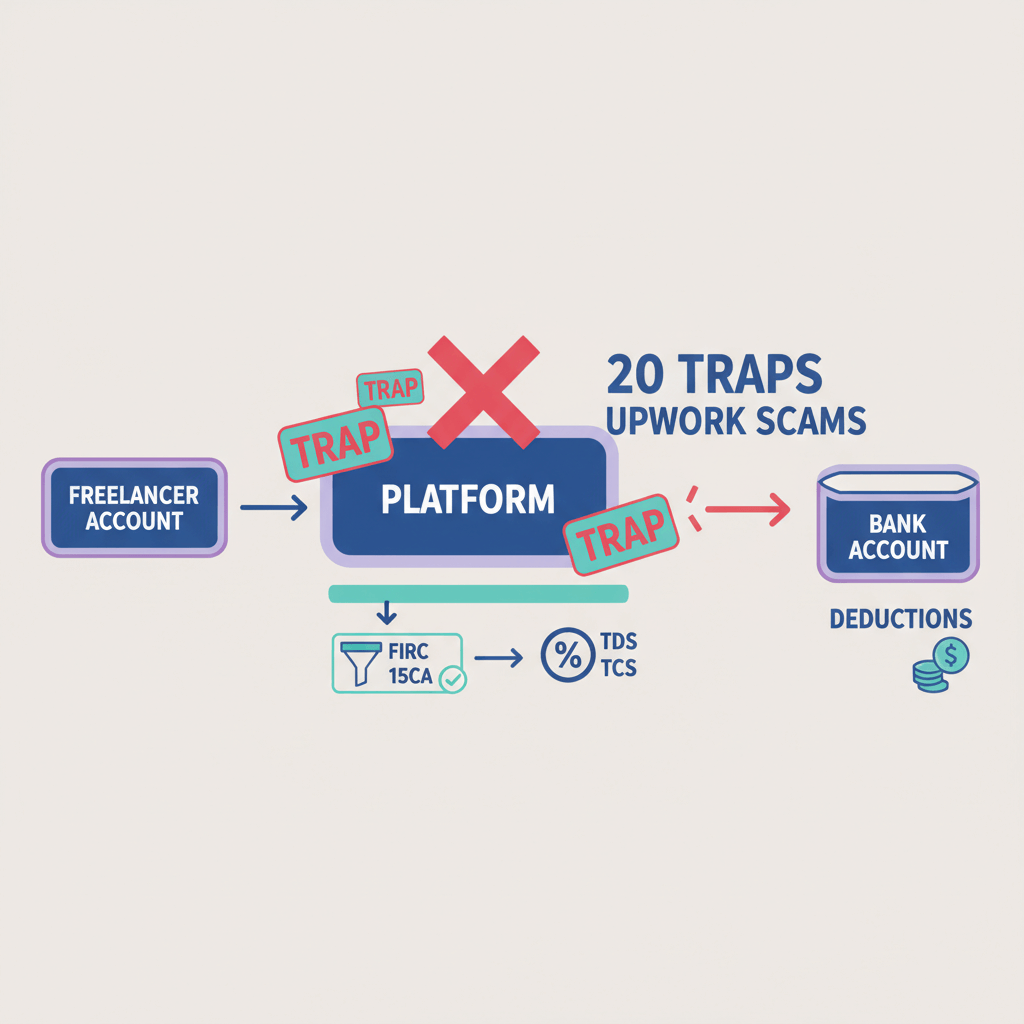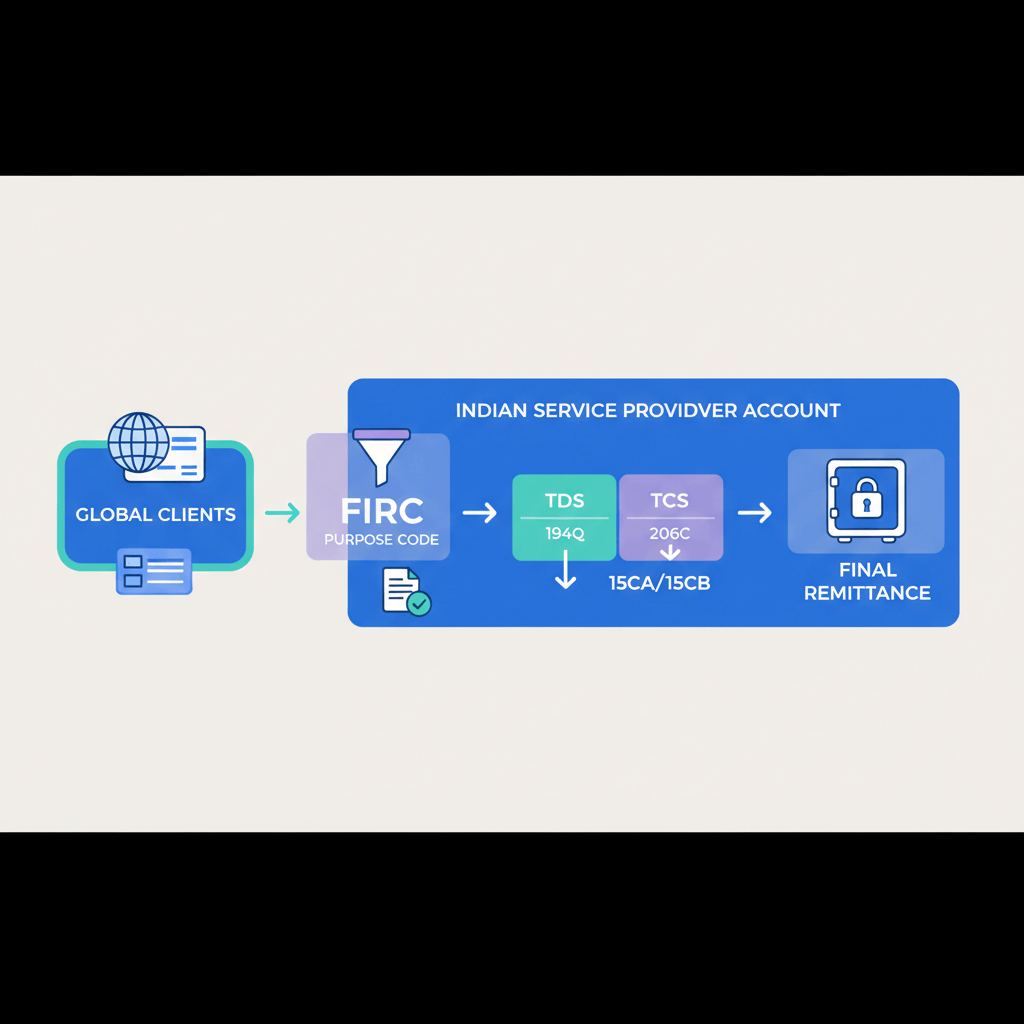What Is a Foreign Currency Transaction?
In the context of business international remittance from India, a foreign currency transaction refers to the process of exchanging one currency for another when transferring money between businesses or individuals across different countries. This occurs, for example, when a company pays a foreign supplier, receives payment from an overseas customer, or invests in another country.
Why is accounting for fx transactions important?
When it comes to business international remittance, accounting is crucial for several reasons:
- Accurate Financial Records: Businesses must accurately record incoming and outgoing international payments to maintain precise financial records. This ensures transparency and helps in understanding cash flow.
- Tax Implications: International remittances may have tax implications, such as withholding taxes or reporting requirements in different jurisdictions. Accurate accounting ensures that businesses comply with tax laws and accurately report taxable income.
- Cost Management: Accounting for international remittances helps businesses track transaction costs, including fees charged by banks or payment processors. This allows businesses to manage expenses effectively and choose cost-efficient remittance methods.
What is the accounting standard for foreign currency transactions?
When conducting international business remittances, Indian business owners need to be aware of several critical aspects that encompass accounting standards, regulatory requirements, and practical considerations.
1. Understanding Accounting Standards (Ind AS 21)
- Recording Foreign Currency Transactions:
- Initially record transactions at the spot exchange rate on the transaction date.
- For subsequent measurement:
- Monetary Items: Retranslate at the closing rate at the reporting date, recognizing exchange differences in profit or loss.
- Non-Monetary Items: Use historical exchange rates for items measured at cost, and the rate on the valuation date for items measured at fair value.
- Exchange Differences:
- Recognize in profit or loss for monetary items, except for net investments in foreign operations, where differences go to other comprehensive income.
2. Regulatory Compliance from RBI Guidelines
- Foreign Exchange Management Act (FEMA):
- Ensure all foreign exchange transactions comply with FEMA.
- Use authorized dealers (AD banks) for routing transactions.
- Liberalized Remittance Scheme (LRS):
- For individual remittances up to USD 250,000 per financial year for various permitted transactions.
- Trade Transactions:
- Comply with FEMA for import and export transactions.
- Maintain proper documentation and report transactions to RBI.
3. Practical Considerations
- Exchange Rate Management:
- Monitor exchange rates regularly to manage and mitigate risks.
- Use hedging strategies (e.g., forward contracts, options) to protect against adverse movements in exchange rates.
- Tax Implications:
- Understand the tax treatment of foreign exchange gains or losses under Indian tax laws.
- Ensure accurate reporting of these gains or losses in financial statements.
4. Banking and Financial Services
- Choosing the Right Bank:
- Select a bank with robust international banking capabilities and competitive forex rates.
- Utilize services such as foreign currency accounts, international wire transfers, and trade finance solutions.
- Transaction Costs:
- Be aware of the costs associated with international transactions, including transfer fees, currency conversion fees, and banking charges.
- Negotiate with banks to minimize these costs.
5. Legal and Contractual Considerations
- Contract Clauses:
- Include specific clauses in contracts to address foreign exchange risks, such as currency adjustment clauses.
- Compliance with International Laws:
- Ensure compliance with the foreign exchange regulations of both India and the counterparty’s country.
- Stay informed about international trade agreements and sanctions that may affect business operations.
How do you record foreign exchange while accounting for fx transactions?
Recording Foreign Exchange Transactions: Key Steps
- Initial Recognition
- Record at Spot Rate:
- Example: Purchase goods worth USD 10,000 at INR 75/USD.
- Record at Spot Rate:
Journal Entry:
- Subsequent Measurement
- Retranslate Monetary Items at Closing Rate:
- Example: Year-end exchange rate is INR 78/USD, payable still outstanding.
- Retranslate Monetary Items at Closing Rate:
Revaluation Entry:
Settlement
- Recognize Exchange Differences on Settlement:
- Example: Payable settled at INR 77/USD.
Settlement Entry:
- Non-Monetary Items
- Historical Cost: Use exchange rate at transaction date.
- Example: Buy equipment worth USD 20,000 at INR 74/USD.
- Historical Cost: Use exchange rate at transaction date.
Journal Entry:
- Reporting
- Retranslate Monetary Items at closing rate.
- Disclose Exchange Differences in profit or loss and other comprehensive income.
Keep in Mind
- Documentation: Keep detailed records of all foreign currency transactions.
- Software: Use accounting software for multi-currency transactions.
- Internal Controls: Establish controls to manage foreign currency risk.
What is the difference between foreign exchange accounting vs. traditional domestic accounting
How are foreign currency transactions treated for tax purposes?
For Indian businesses involved in international remittances, the tax treatment of foreign currency transactions is as follows:
1. Revenue Transactions
- Realized Gains/Losses:
- Taxable or deductible when the remittance is settled.
- Example: Receiving USD 10,000 at an exchange rate of INR 78/USD, initially recorded at INR 75/USD, results in a taxable gain of INR 30,000 ((78-75) * 10,000).
- Unrealized Gains/Losses:
- Generally taxable or deductible based on revaluation at the financial year-end.
- Example: Accounts receivable of USD 10,000 initially recorded at INR 75/USD, revalued at year-end at INR 74/USD, results in an unrealized loss of INR 10,000 ((75-74) * 10,000), which is deductible.
2. Capital Transactions
- Exchange Gains/Losses on Loans for Asset Purchase:
- Adjust to the cost of the asset or treat as revenue expenditure.
- Example: A USD 100,000 loan for machinery at INR 70/USD, revalued at INR 72/USD, results in an unrealized loss of INR 200,000 ((72-70) * 100,000), which can be adjusted to the asset cost.
3. Tax Compliance and Reporting
- Maintain detailed records of all foreign currency transactions.
- Disclose foreign exchange gains or losses in tax returns and financial statements.
- Comply with both direct tax (Income Tax Act) and indirect tax (GST) provisions.











